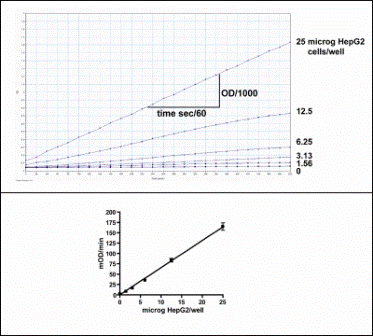Frataxin Profiling ELISA Kit
| Name | Frataxin Profiling ELISA Kit |
|---|---|
| Supplier | Abcam |
| Catalog | ab110173 |
| Category | ELISA Kit |
| Prices | $464.00 |
| Sizes | 96 tests |
| Assay Type | Sandwich (quantitative) |
| Sample Type | Cell culture extracts, Tissue |
| Detection | Colorimetric |
| Format | Microplate |
| Applications | ELISA |
| Species Reactivities | Human |
| Gene | FXN |
| Supplier Page | Shop |
Product images
Product References
Development of frataxin gene expression measures for the evaluation of - Development of frataxin gene expression measures for the evaluation of
Plasterer HL, Deutsch EC, Belmonte M, Egan E, Lynch DR, Rusche JR. PLoS One. 2013 May 17;8(5):e63958.
Erythropoietin in Friedreich ataxia: no effect on frataxin in a randomized - Erythropoietin in Friedreich ataxia: no effect on frataxin in a randomized
Mariotti C, Fancellu R, Caldarazzo S, Nanetti L, Di Bella D, Plumari M, Lauria G, Cappellini MD, Duca L, Solari A, Taroni F. Mov Disord. 2012 Mar;27(3):446-9.
